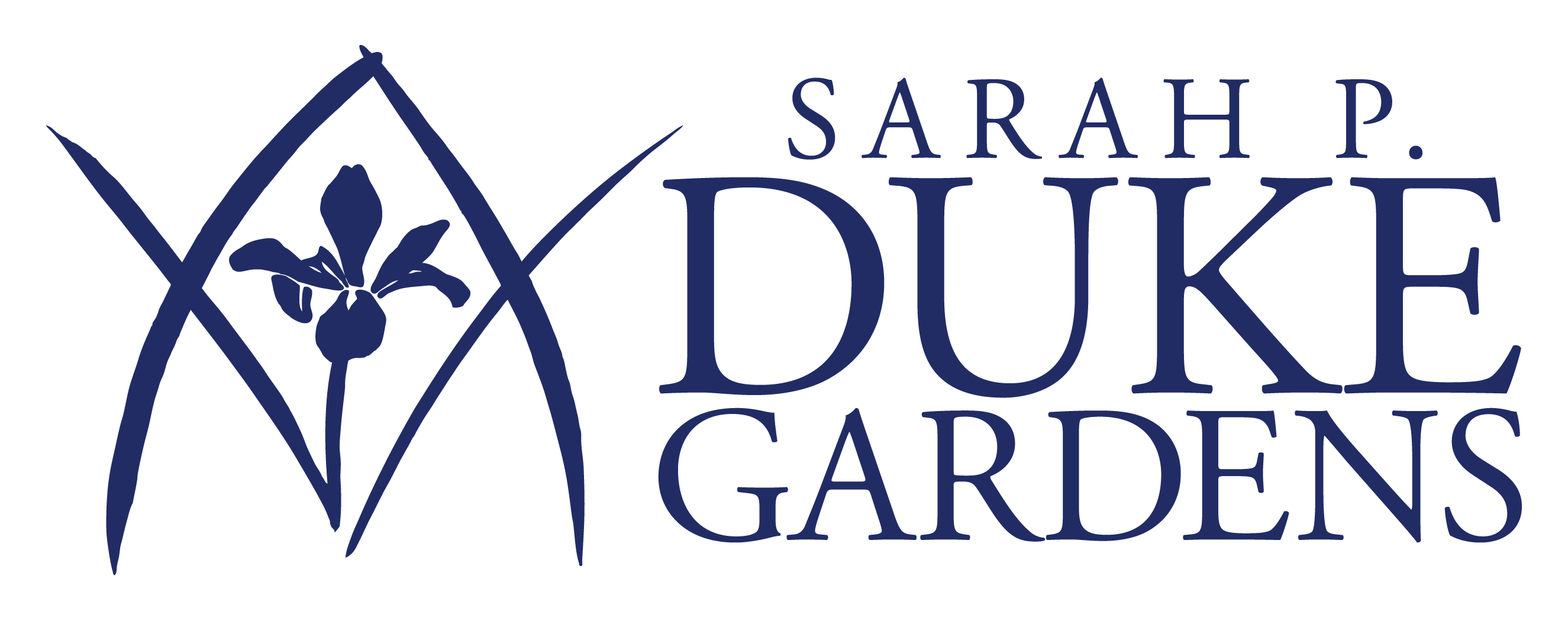
Photo by William Hanley.
Botanical name: Acer griseum
Common name: Paperbark maple
Family name: Sapindaceae (Soapberry family)
Native range: Central China
Location in Duke Gardens: Historic Gardens, Culberson Asiatic Arboretum
USDA Hardiness Zones: 4-8
With its peeling red-brown bark and edges that curl and curve like ribbons and wrapping paper, the paperbark maple (Acer griseum) tree is eye-catching year-round, especially in winter, when its vivid bark attains special visual prominence amidst greys, browns and greens in the landscape. Although its bark is its best-known feature—so much so that the tree is also commonly known as “bloodbark maple”— this tree’s scientific name is derived from the silvery undersides of its leaves (“griseum” means “grey” in botanical Latin, not “greasy”).
Unlike the iconic handprint-shaped leaves characteristic of red and sugar maples, paperbark maple leaves are trifoliate, composed of three smaller, triangular leaflets with pointed tips. The fruits are familiar, papery winged “helicopters” or “keys”—technically known as samaras—similar to other maples; however, paperbark maple rarely naturalizes because of its tendency towards parthenocarpy, or the production of fruit without seeds, as with seedless bananas and table grapes.
As this species is tolerant of a wide range of growing conditions, it is increasingly in demand as a street and yard tree due to its attractiveness and moderate size. Look for it throughout Duke Gardens, including in the Culberson Asiatic Arboretum. There is also an especially gorgeous specimen at the Frances P. Rollins Overlook in the Historic Gardens.
Winter is also a great time for examining tree bark in general—other highlights in this regard include the lacebark elm (Ulmus parviflora) and Persian ironwood (Parrotia persica) in the Historic Gardens, as well as the native American beech (Fagus grandifolia), flowering dogwood (Cornus florida) and American sycamore (Platanus occidentalis) in the Blomquist Garden of Native Plants and other garden areas.
